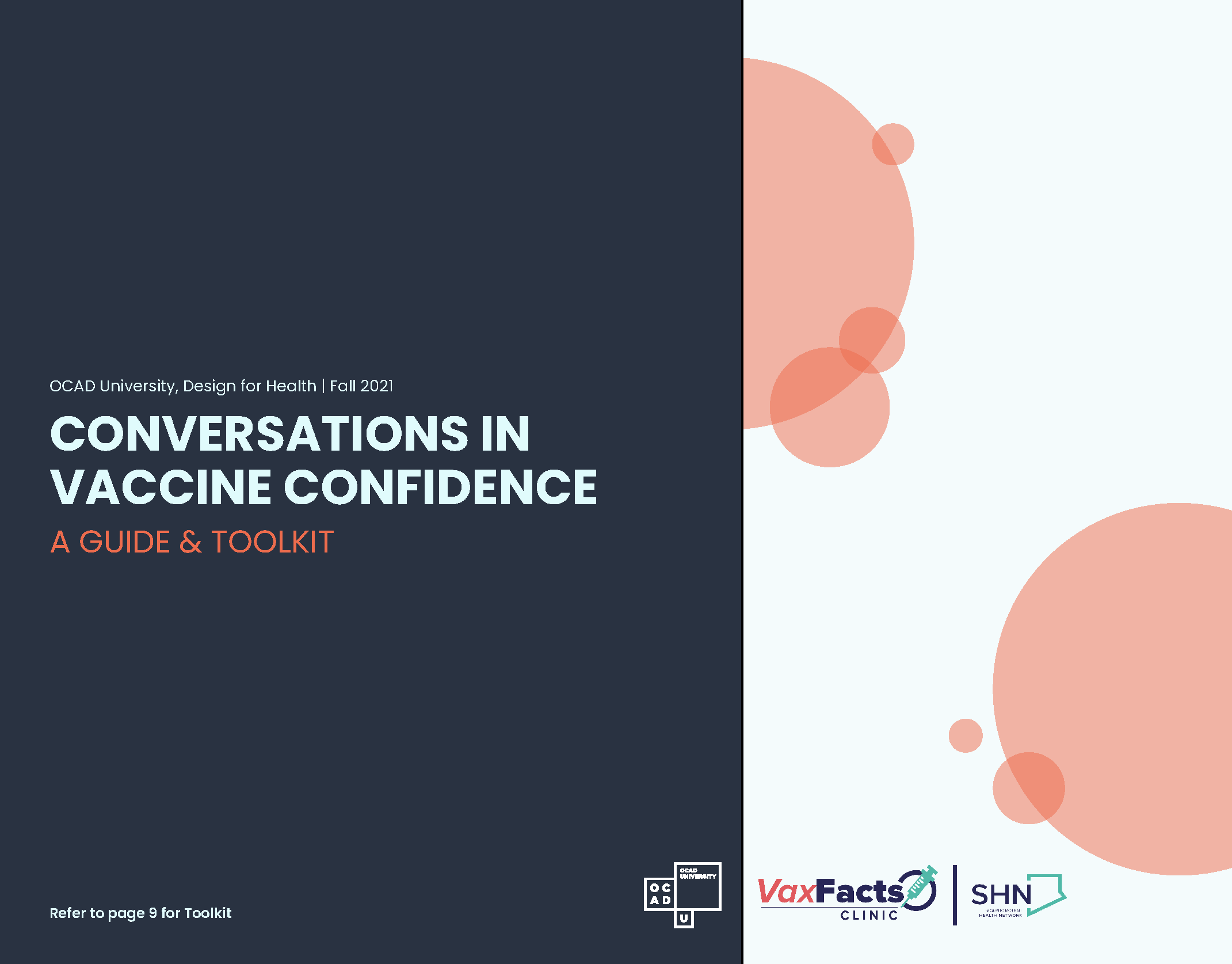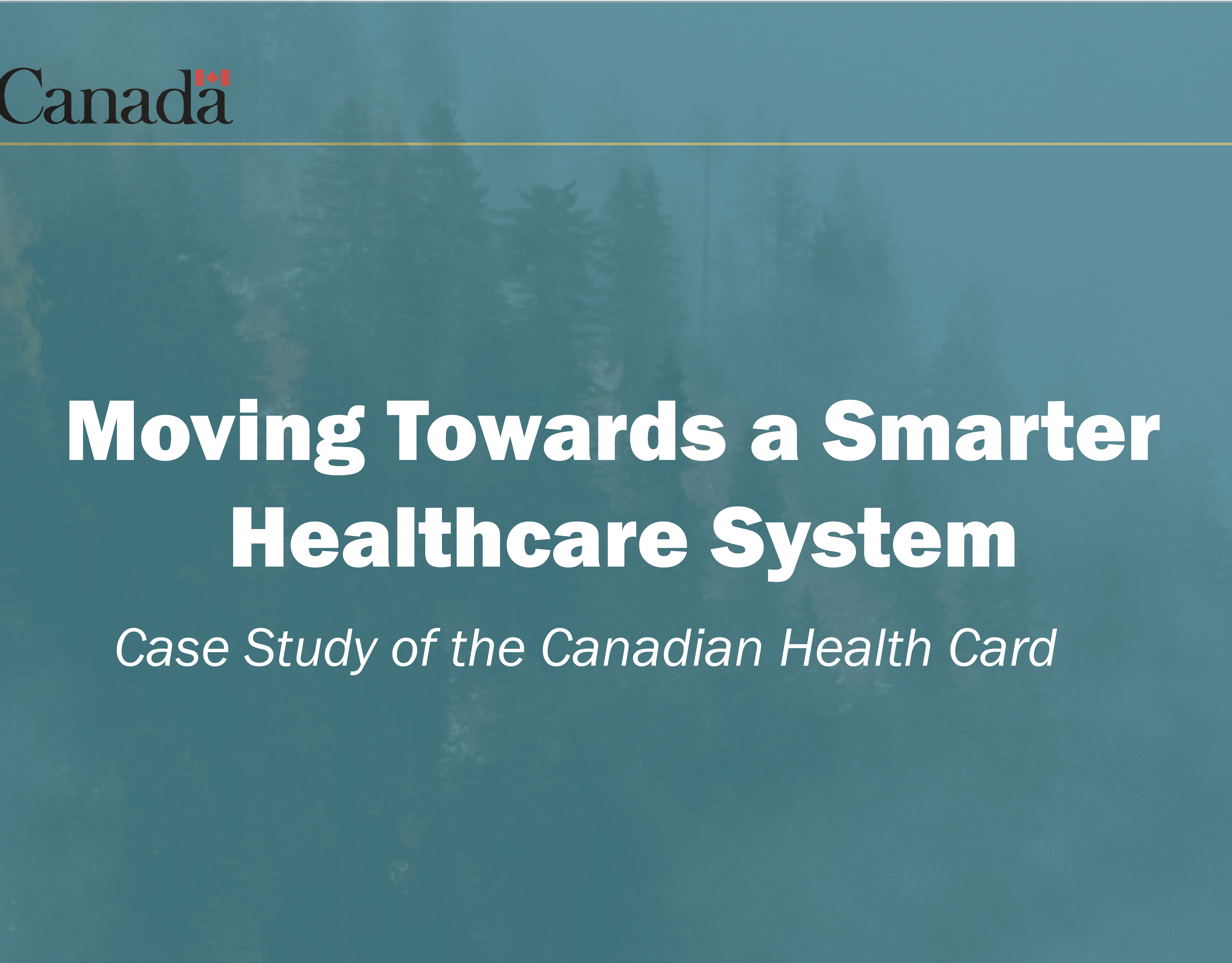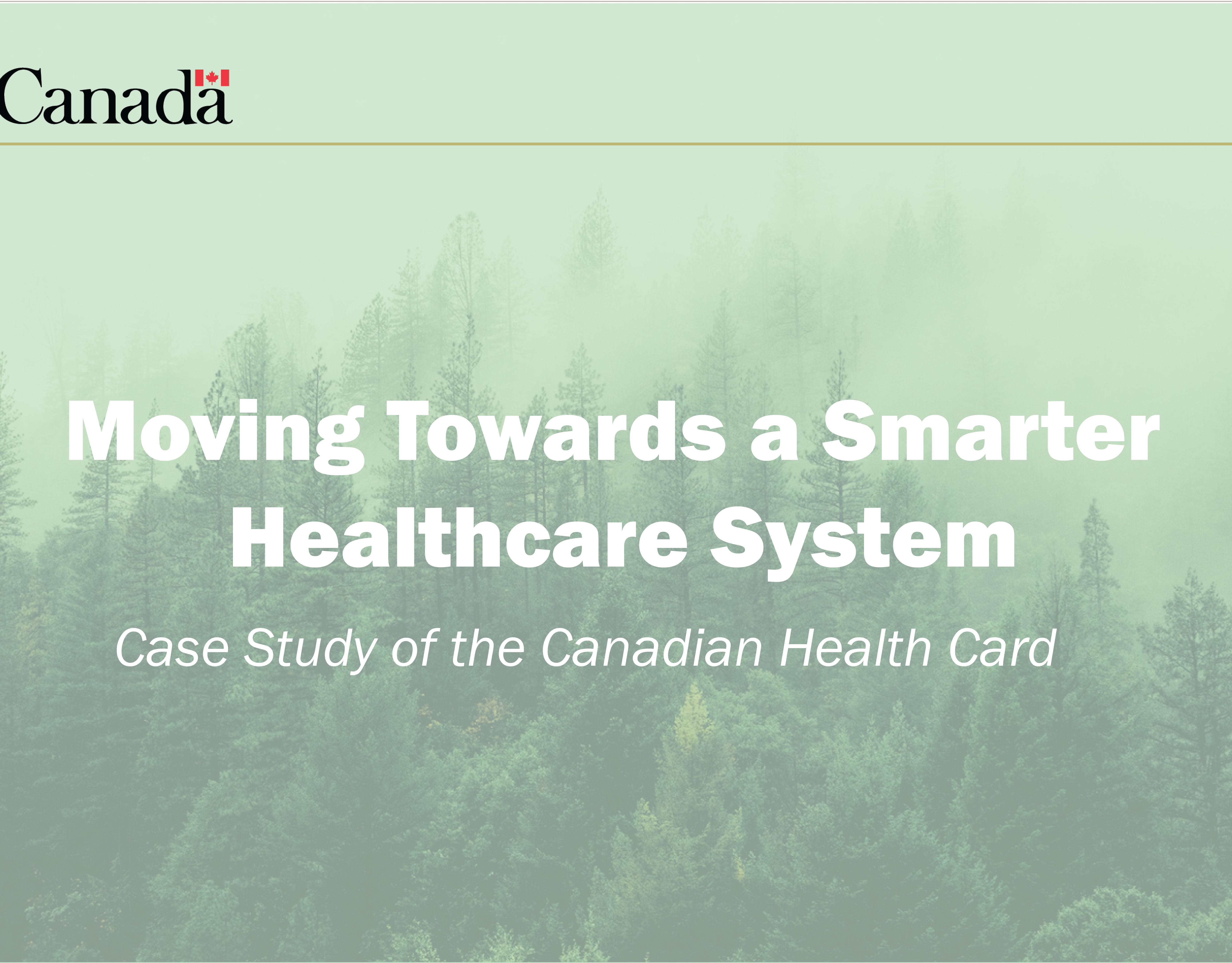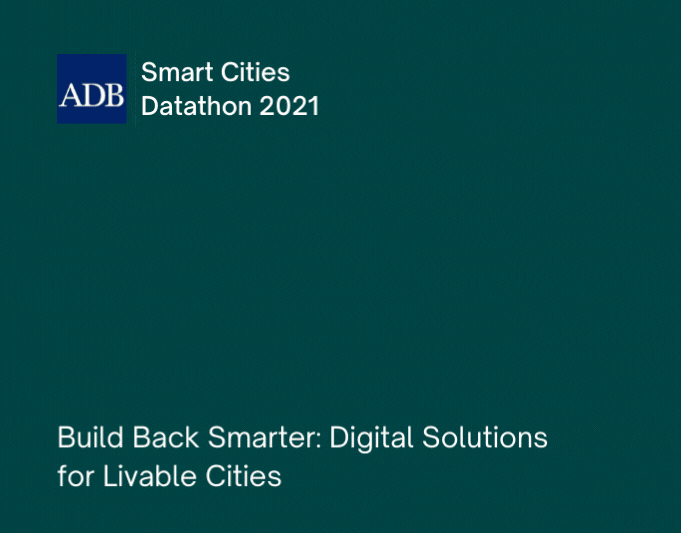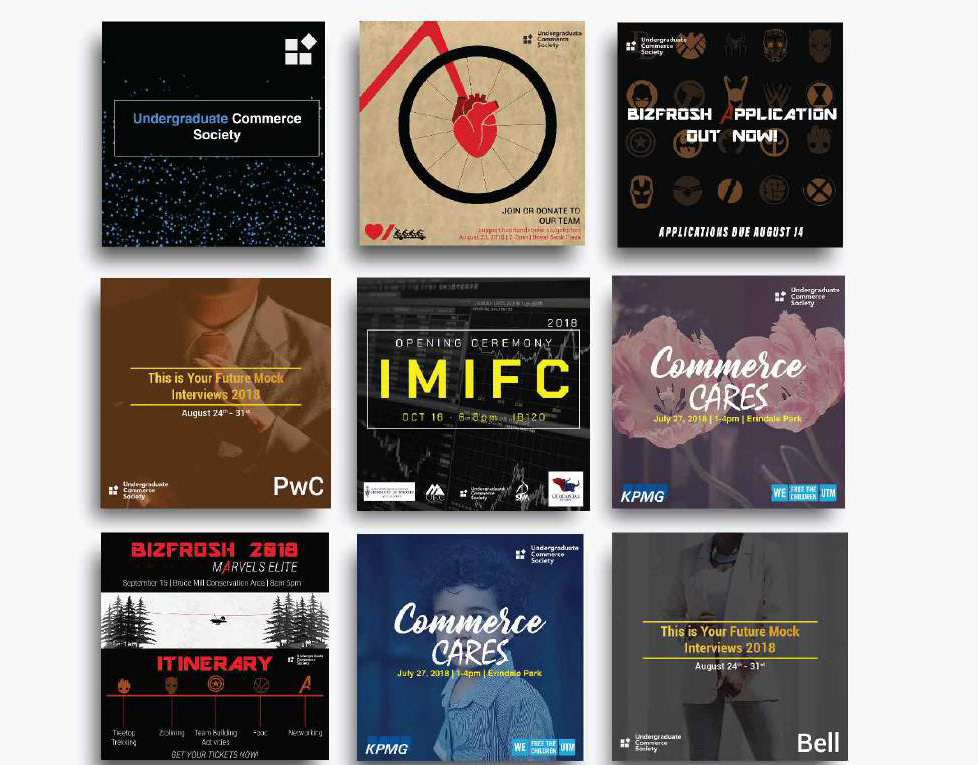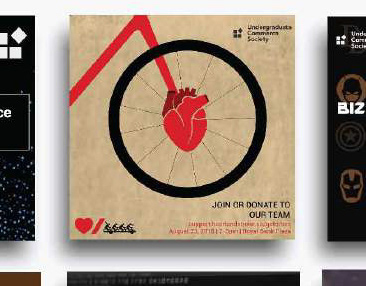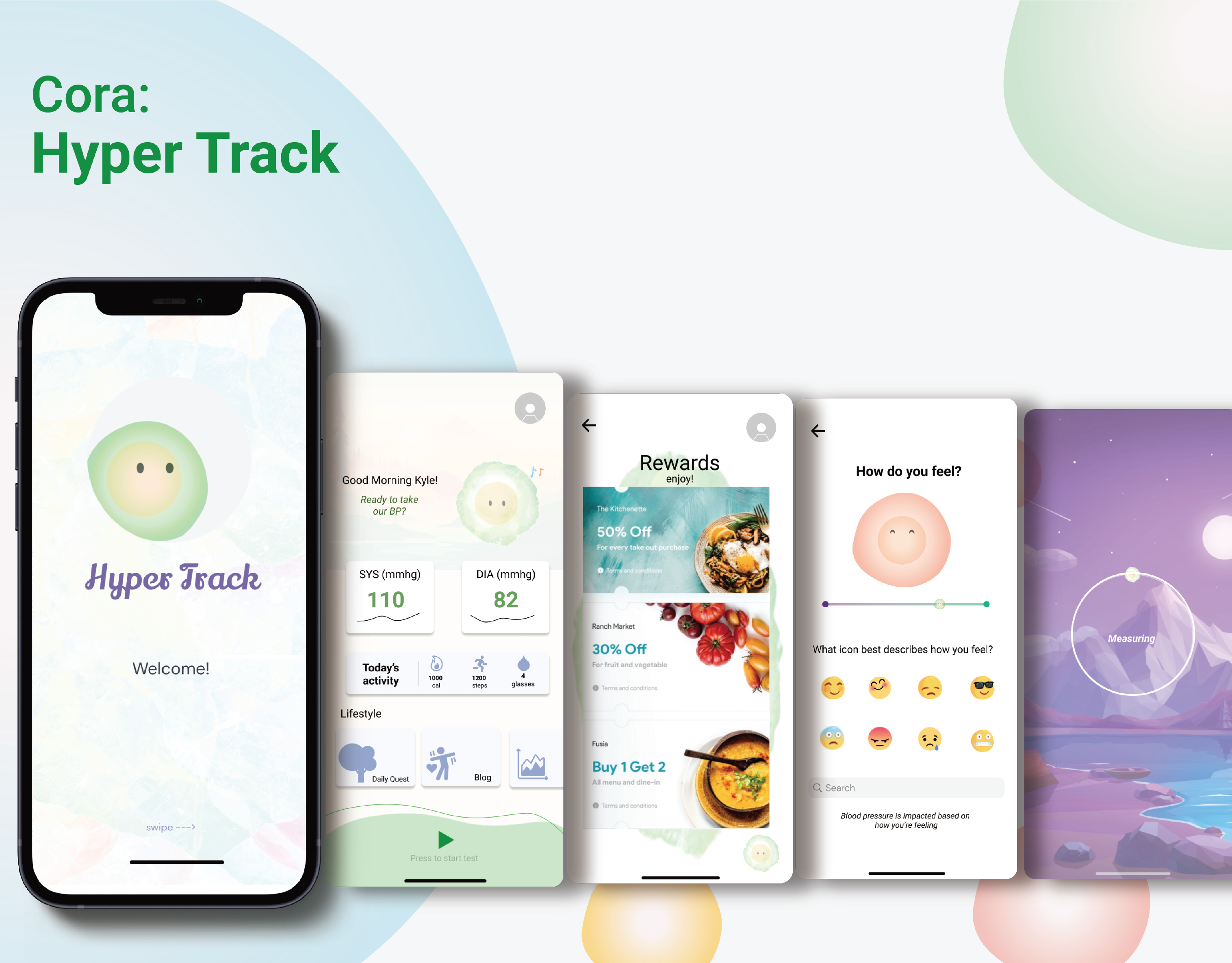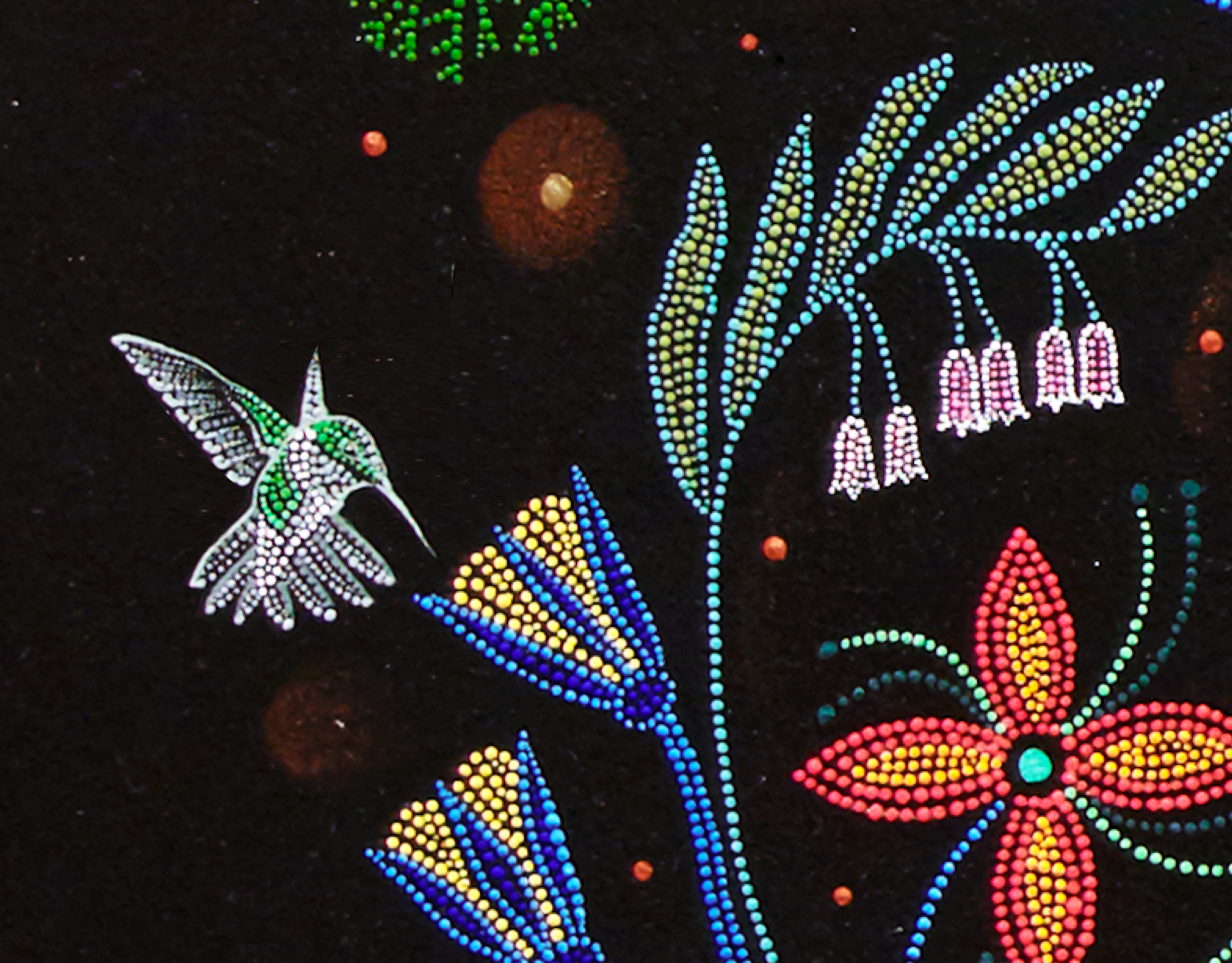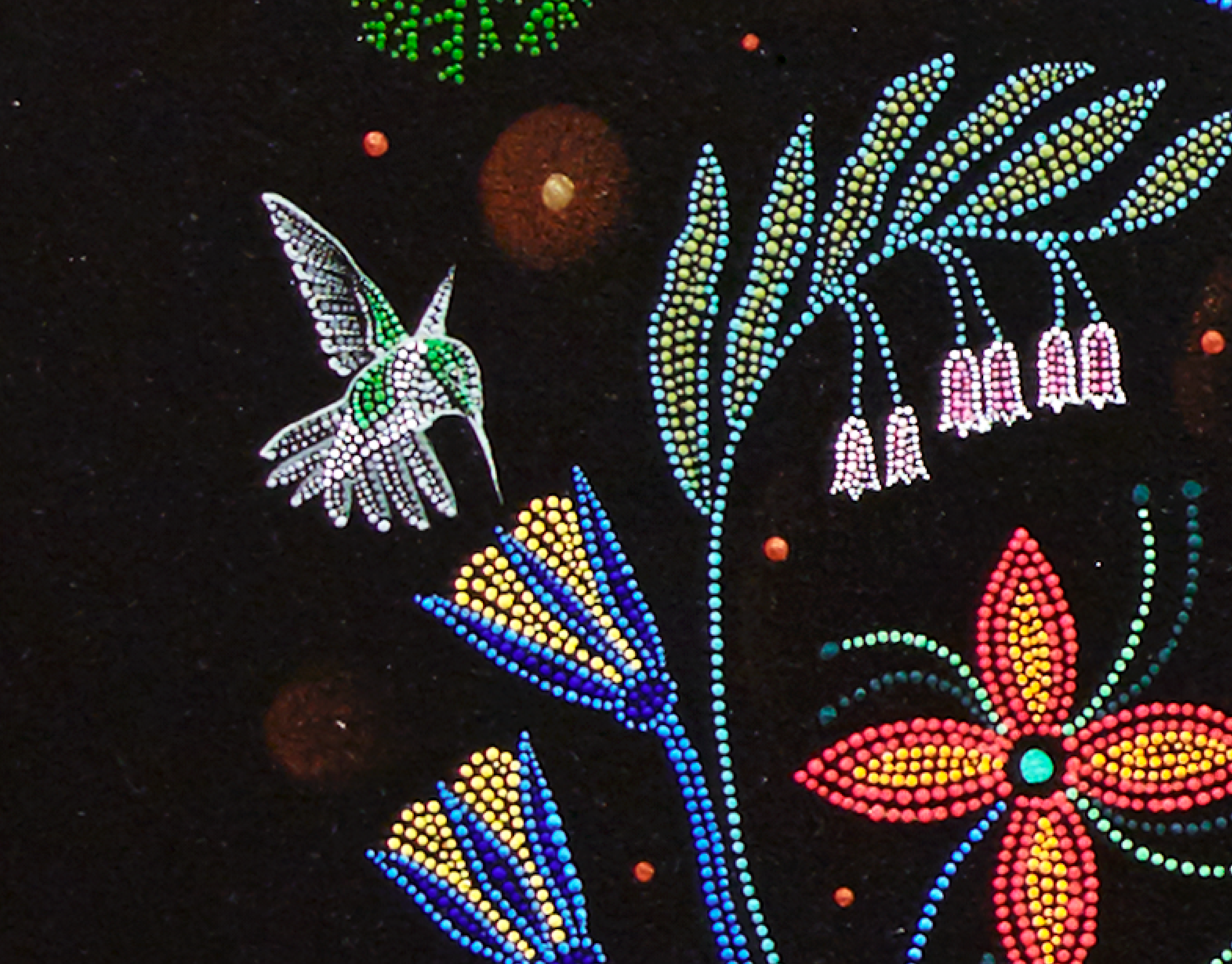Overview
Health literacy is the ability to identify, read, process & understand basic health information in order to make decisions & take appropriate actions to manage health.
Information seeking & an affinity towards particular sources of information is influenced by an individual’s health literacy. Health literacy, in turn, is influenced by an individual’s social determinants of health & personal perspectives on health. Information is sought to make informed decisions & take appropriate actions to manage an individual’s health. These decisions are influenced by the sources of information - whether they are mainstream or alternative sources of health information, & how closely they align with the perspectives & beliefs of the individuals reviewing this information. Within the context of the COVID pandemic, one of the primary concerns is how & through which avenues health information is disseminated in order to gain the trust of the public in order to make the biggest impact in promoting healthy behaviours & protect against the continuous transmission of COVID.
Extensive system mapping to understand the problem and pain points associated in building health literacy on vaccine hesitancy.
Problem Statement
In times of a great health crisis, it becomes increasingly more important to decrease public vaccine hesitancy. However, this is challenging because populations in the public deal with various news, media sources, stakeholders of information which dynamically influences their views on health information and vaccination. The issue here is to identify key intervention strategies for various personas of people that exist in the public. Understanding the threat posed by misinformation on social media and posed by less reputable sources is critically important in the development of vaccination protocols and interventions. This is true for not only Canadians, but for worldwide COVID-19 vaccination programs as well.
Results
The result of this project was a poster mapping the Influence of Health Information sources & health literacy on COVID Vaccine Hesitancy (seen below). This was presented among faculty members and other design for health graduates. A design brief was also created to break down the section in a clear and easy-to-follow manner.
The series of system maps and journey map, ultimately, is an effort to break down and understand the difficult situation of vaccine hesitancy in the general adult population, here in Ontario. These maps demonstrate real-world complexities, via the representation of personas and stakeholders, the opportunities to improve vaccine willingness. It also provides us with opportunity to empathize with the variety of personas within the system all with various lived experiences and reasons for hesitant attitudes. The research considers the perspectives of various stakeholders across the synthesis maps. The mapping also defines sources of information, considers point of interests, and reimagines a more improved health information system in the context of COVID19 vaccinations. It is grim that the WHO listed vaccine hesitancy as one of the top 10 threats to world health. Translating health knowledge to the public via reputable and accurate information sources, whether through primary and official channel, or using alternative and personalized means, are all critically important in ensuring that a lower prevalence of vaccine hesitancy thrives in not only Canada, but in the rest of the world as well.
Research, system mapping and design brief was written as a team through co-design sessions with Rosa Chu, Maryem Abbas & Kevin Wu. Illustrations were created by Kevin Wu, the poster and design brief was designed and compiled by Maryem Abbas.
Mapping the Influence of Health Information sources & health literacy on COVID Vaccine Hesitancy
Read the Design Brief:



